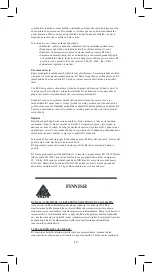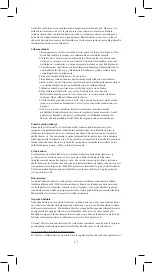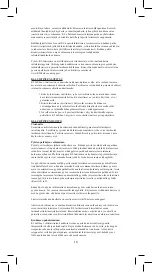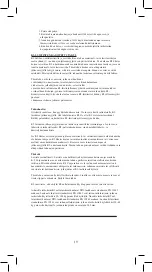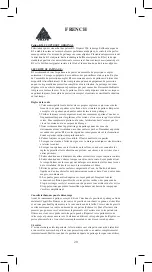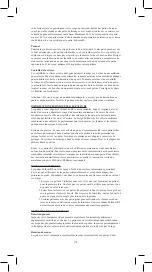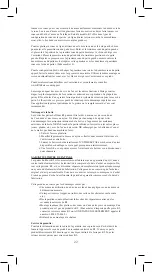
07
ENGLISH
K2 SKATES: THE ORIGINAL SOFTBOOT
Congratulations on your purchase of K2 Skates. Since 1994, K2’s unique Softboot design
has set the standard of superior fit, comfort, and performance for all levels of inline skat-
ing. Many companies have followed K2’s direction, and today, K2’s Original Softboot
Technology still remains the design standard by which all other manufacturers measure
themselves. Often imitated, but never duplicated, K2 is the Original Softboot and contin-
ues to push the envelope of inline skate innovation.
SKATING SAFETY:
K2 recommends that all skaters wear full protective gear, including: wrist guards, elbow
pads, kneepads, and a helmet. In addition to the use of full protective gear K2 further
recommends that skaters skate with reflective devices. Understand that no protective gear
can fully protect you in any situation. Inline skating is an inherently dangerous activity,
which can result in serious debilitating injury or even death. You, the inline skater, are the
only one who can reduce these inherent risks by always wearing full protective gear and,
more importantly, maintaining control at all times.
Rules of the Road
1. Your local community may have its own rules regarding where you can and
can’t skate. Follow these rules and only skate in an area designated for skating.
2. Always check your equipment before skating. You should frequently check the
frames and axles to ensure they are tight. If replacing the frame or wheel, the
user should ensure that screws or axles have a threadlock coating.
3. We recommend learning how to skate in a traffic-free parking lot or paved area.
Ask your local K2 Skate dealer about lessons taught by certified professional
instructors.
4. Always skate in control. Know your abilities.
5. When turning, signal your direction with hand signals to alert others.
6. When skating on sidewalks or pathways, know the local rules for right of way
and watch for pedestrians, dogs, cyclists and other skaters.
7. Be aware of other recreation path users and always be courteous.
8. When on the road, watch out for cars. Use caution at all times. Skate on a street
with wide shoulders and skate with the flow of traffic. Avoid areas where traffic
is heavy.
9. Avoid skating where there is water, oil, soft tar or other obstructions on the
surface that could cause a fall. Water can also damage your bearings.
10. Hills can be dangerous – use common sense. Visualize all the possible colli-
sion scenarios (hidden driveways, stop signs, sharp turns), and be certain that
you can stop and avoid them. Remember, it takes even the best skaters time to
come to a full and complete stop.
Technical Tips for Getting Started
Before trying to skate, get comfortable in the proper skating stance to maximize your
balance. Lower your center of gravity by bending your knees and ankles, and leaning
slightly forward at the waist. Your center of gravity is now centered over your skates
(Diagram A). To take your first stride, push outward and slightly back with your right
skate. Glide with your full weight on your left skate. Circle your right skate back under
your body, and begin to push off again using your left skate. Repeat these strides a few
times, and before you know it, you’re skating.
Stopping
This is a critical skill. The rear brake on your skate assists in slowing and stopping, but
be aware that it will not bring you to a complete stop immediately. Assume the proper
skating stance when using your rear brake, with your body centered over your skates.
Once you feel stable, extend your braking skate forward and pull your toes up, pressing
down on the brake firmly. Maintain 40% of your weight on the front skate and 60% on
the rear skate. This method will slow you down to a controllable speed, and an eventual
stop (Diagram B).
Turning
To turn right, place your weight on the inside edge of your left skate and outside edge of
your right skate. Keeping both legs together and your shoulders parallel to the ground,
point your hips and toes to the right and coast. Pointing your hands in the direction you

















